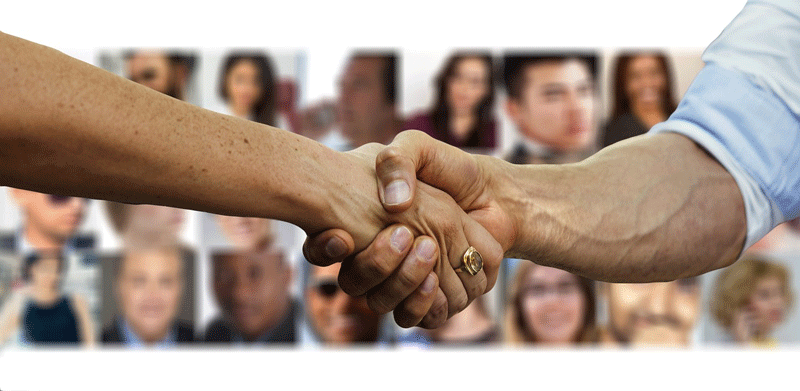When a woman looks another woman up and down, it can be a complex and multifaceted interaction that is influenced by various factors, including societal norms, cultural context, individual perspectives, and personal experiences. when a woman looks another woman up and down, it can be a complex interaction influenced by various factors, ranging from social comparison and cultural norms to personal insecurities and biases.
It is essential to recognize that interpreting someone’s behavior solely based on this action can be subjective and may not always reflect their true intentions. When a woman looks another woman up and down, Nevertheless, we can explore some common reasons why a woman might engage in this behavior. Rather than jumping to conclusions, fostering open communication and empathy is key to creating a more understanding and accepting society. For more information about blogs visit signs she only wants your money.
When A Woman Looks Another Woman Up And Down
- Social Comparison
- Jealousy and Insecurity
- Cultural Norms
- Personal Bias and Prejudice
- Social Signals
- Confidence and Empowerment
- Observing Fashion and Trends
- Unconscious Habit
Social Comparison: Human beings naturally engage in social comparison as a way to assess themselves and others. When a woman looks another woman up and down, she might be unconsciously comparing herself to the other woman in terms of appearance, fashion, or body language. This type of comparison is prevalent in today’s visually-driven and hyper-connected society, where physical appearance is often emphasized and evaluated.
Jealousy and Insecurity: Feelings of jealousy or insecurity might prompt a woman to look another woman up and down. In a competitive or judgmental environmentWhen a woman looks another woman up and down, individuals may seek validation or reassurance by comparing themselves to others, which can lead to a critical assessment of the other person’s appearance or demeanor.
Cultural Norms: Cultural norms and expectations can play a significant role in shaping how people interact and express themselves. When a woman looks another woman up and down. In some cultures, assessing others’ appearance might be considered acceptable, while in others, it may be seen as rude or invasive. Understanding the cultural context is crucial in interpreting such actions.
Personal Bias and Prejudice: Sometimes, looking someone up and down can be an expression of bias or prejudice. This might be based on race, ethnicity, body size, clothing choices, or other factors. When a woman looks another woman up and down. Prejudice and discrimination can lead to negative judgments and reinforce harmful stereotypes.
Social Signals: Nonverbal communication plays a vital role in human interactions. Looking someone up and down could be a way of conveying interest, curiosity, or disapproval without verbalizing it. However, interpreting these signals accurately requires sensitivity and context awareness. when a woman looks another woman up and down, it can be a complex interaction influenced by various factors, ranging from social comparison and cultural norms to personal insecurities and biases.
Confidence and Empowerment: On the other hand, some women may engage in this behavior to assert their confidence or express their empowerment. When a woman looks another woman up and down.In such cases, it might be more about asserting personal agency and embracing one’s individuality rather than negatively judging the other person.
Observing Fashion and Trends: Fashion and style can be a powerful way to express oneself and communicate various messages. When a woman looks another woman up and down, she might be observing her fashion choices or identifying trends that she finds interesting or inspiring.
Unconscious Habit: Sometimes, looking someone up and down might be an unconscious habit or a result of wandering attention. People’s minds can often drift, leading them to look at others without any specific intention.Interpreting this behavior requires sensitivity and an understanding of the broader context in which it occurs.


